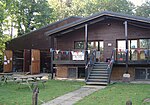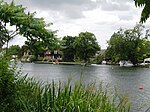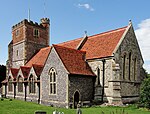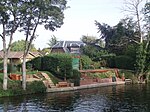Wraysbury
Civil parishes in BerkshirePopulated places on the River ThamesRoyal Borough of Windsor and MaidenheadUse British English from October 2013Villages in Berkshire
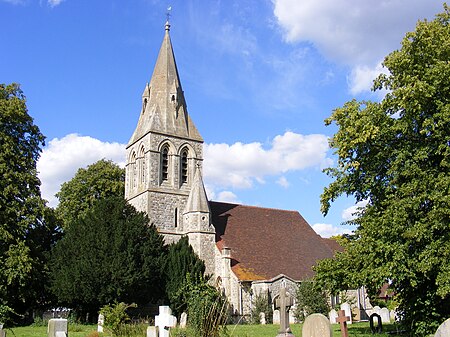
Wraysbury is a village and civil parish in the Royal Borough of Windsor and Maidenhead in England. It is under the western approach path of London Heathrow airport. It is located on the east bank of the River Thames, roughly midway between Windsor and Staines-upon-Thames, and 18 miles (29 km) west by south-west of London. Historically part of Buckinghamshire, Wraysbury was made part of the new non-metropolitan county of Berkshire in 1974, under the Local Government Act 1972. The Wraysbury Reservoir is located to the east, administratively wholly in the Spelthorne district of Surrey, although it was historically divided between Buckinghamshire and Middlesex.
Excerpt from the Wikipedia article Wraysbury (License: CC BY-SA 3.0, Authors, Images).Wraysbury
Station Road,
Geographical coordinates (GPS) Address Nearby Places Show on map
Geographical coordinates (GPS)
| Latitude | Longitude |
|---|---|
| N 51.458 ° | E -0.552 ° |
Address
Station Road
Station Road
TW19 5NN
England, United Kingdom
Open on Google Maps






